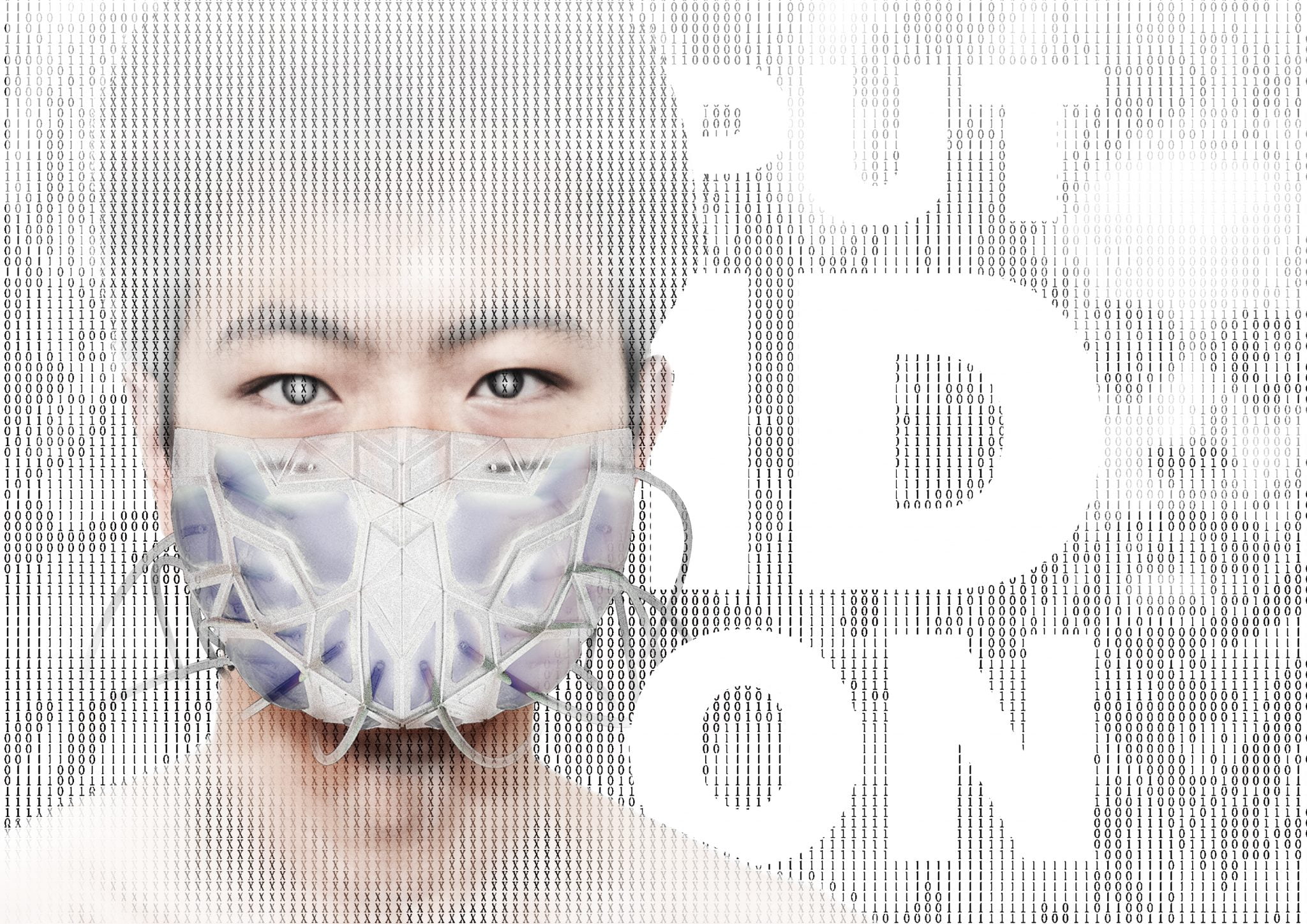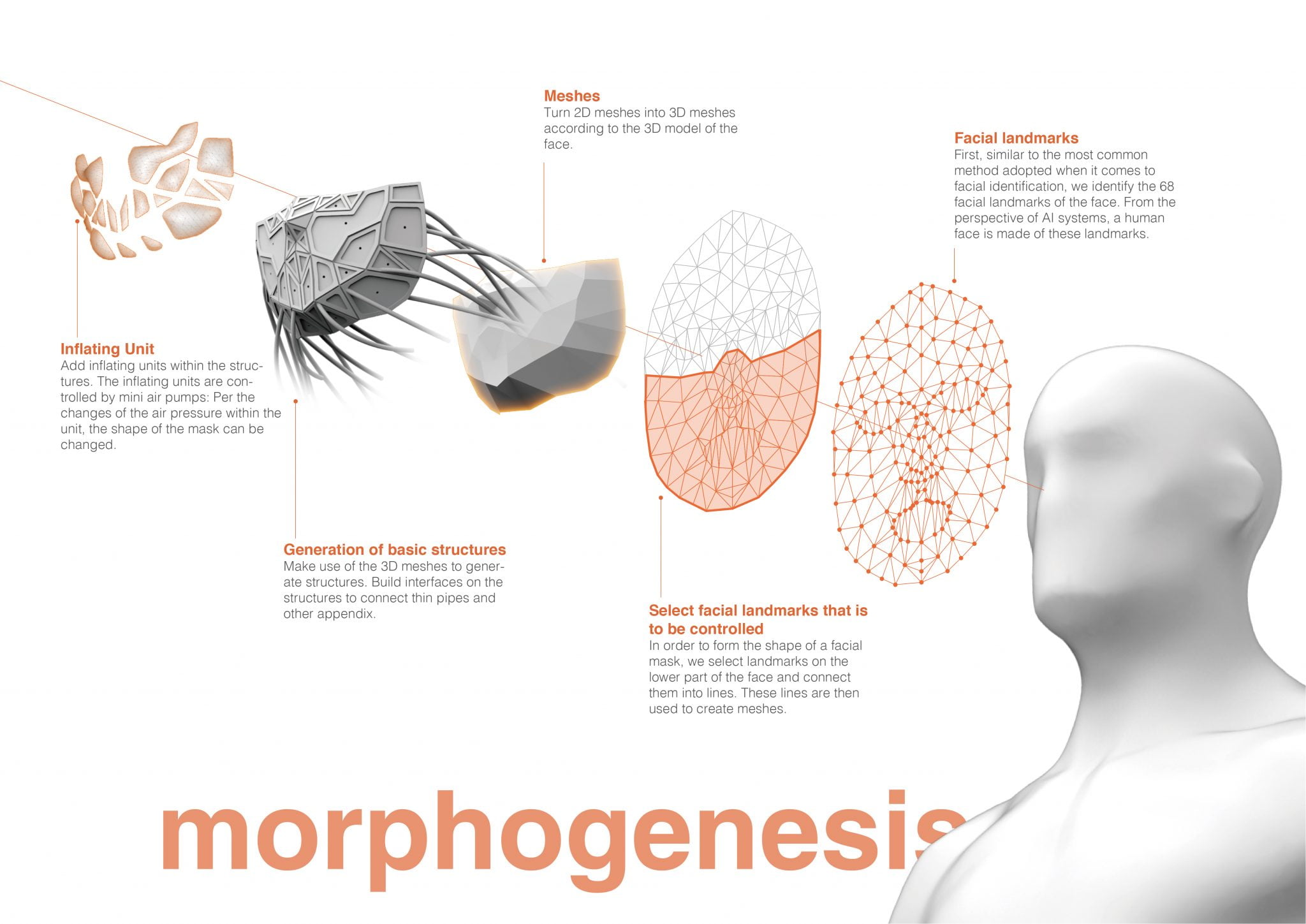put ID on
Identity: The fact of being who or what a person or thing is.
–Oxford dictionary
a.
The identity system in daily life is a code of a kind. Our identity is the sum of the roles we take on in different dimensions of our lives—a mother, a teacher, or a
protester. The development of technology and especially the internet expands our “virtual world”, which has gradually become an integral part of our “physical world”. In our cyber lives, we also have diversed identities. We own absolute control over our virtual identities thank to the fact that the messages in the virtual world cannot be easily brought over into the physical one—We can manage our virtual identities without great effort or live with an identity we are not willing or not able to carry in the physical world.
However, managing virtual identities is no longer secured in the era of facial identification. When virtual identities are associated with one of the most important
physical feature—the face—identities in the two different worlds that used to exist parallel to each other will intersect or maybe even cause disturbances from a topological perspective. Imagine seeing advertisements of the product you just purchased earlier online displayed in a shopping mall, being called by your internet nickname at a self-service payment terminal or getting a weird smirk from the customs official after he took a look at your passport The absolute control of information makes our identities transparent. What can we trust then? Those who hold the information of our identities or AI systems? The ”Brave New World” depicted in the book Nineteen Eighty-Four by George Orwell shouldn’t be our future.
In cooperation with Bin Du and Yuhang Deng.


